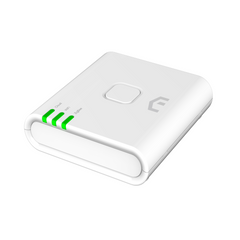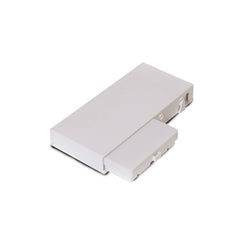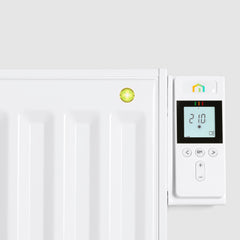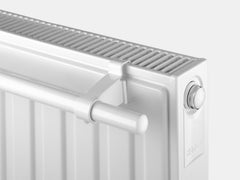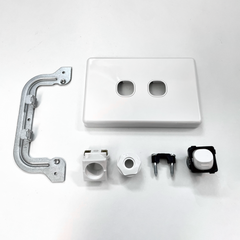Tahiti-Surf Towel Rail Installation Process
General Safety Information
Important Safety Warnings
- Burn Risk: Parts of the towel rail may become very hot. Take care when children or vulnerable individuals are present.
- Children under 3 years should not approach the appliance unless supervised.
- Children between 3 and 8 years may only turn the appliance on/off under supervision and with proper training.
- Children must not handle installation, cleaning, or maintenance.
Installation Safety
- Install the towel rail with the lowest heating bar at least 600 mm above the floor.
- Avoid installing the towel rail directly beneath a power outlet or shelf unless the shelf is 150 mm above it.
Installation Instructions
1. Positioning the Towel Rail
- Install the towel rail on a vertical wall with the power cord at the bottom.
- Maintain at least 150 mm clearance from the floor.
- Avoid placing the towel rail:
- Closer than 50 mm to a side wall.
- Directly under a power outlet.
- Below any shelf unless there is a 150 mm gap above the radiator.
- Install the rail near areas prone to heat loss (e.g., windows), if possible.
2. Mounting the Towel Rail
- Drill 4 fixing holes into the wall at suitable locations.
- Use the supplied screws to secure the radiator to the wall.
- Adjust the mounting components (vertically, horizontally, or by depth) as needed.
Electrical Connection
The Tahit-Surf towel rail offers both plug-in and hardwired installation options. For detailed instructions on the hardwiring process, refer to the Towel Rail Hardwire Kit Installation Guide
Additional Wiring Notes
- The hardwire kit or power outlet must be positioned 300mm above the floor.
- An RCD (30mA) is mandatory for bathrooms or shower rooms.
Operating Instructions
Recommendations for Use
- The towel rail is designed for continuous use without any safety risks.
- For electronic control and regulation, refer to the separate control instructions: Advanced Thermostat and RF Controller Pairing Guide
Maintenance Tips
Important: Always switch off the heater before performing any maintenance.
Cleaning Instructions
- Use a mild cleaning agent for general cleaning.
- Wipe the control unit with a dry cloth (no solvents).
- Use warm, soapy water to clean the exterior (avoid abrasive or corrosive products).
Fluid Maintenance
- The appliance contains a precise amount of heat transfer fluid or glycoled water.
- Contact the manufacturer or an authorized service center if there is a fluid leak or if the unit needs repairs involving fluid handling.

